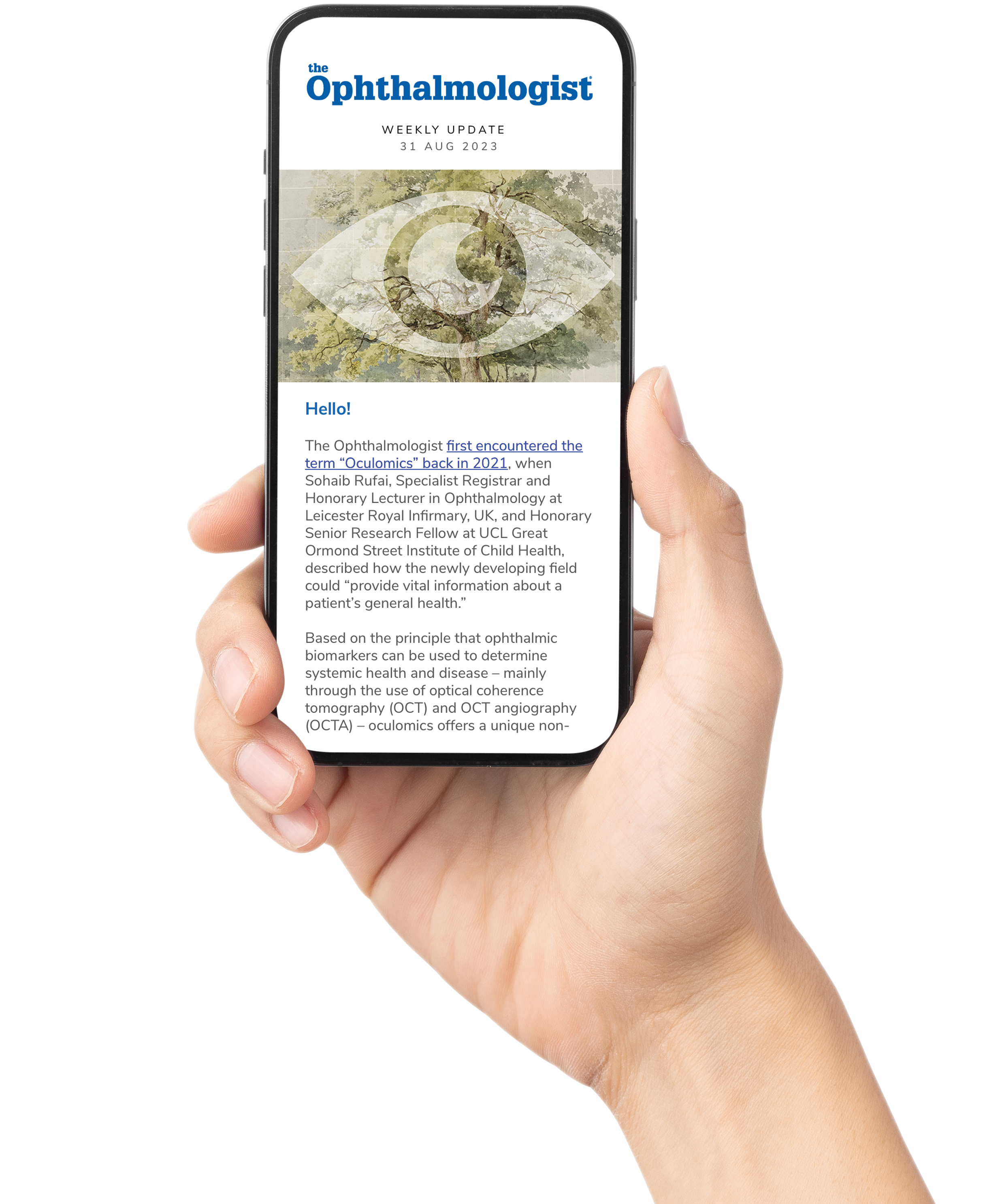New research published in Nature Communications had introduced a novel artificial intelligence (AI)-driven framework, the Photoreceptor Metabolic Window (PMW), which can be used to link retinal health to a number of multisystem diseases, including cardiovascular, metabolic, renal, and pulmonary conditions.
Using PMW to predict multisystem health risks, the China-based researchers were able to demonstrate that photoreceptor layer thickness in the retina can serve as a predictive biomarker for systemic health risks. The study analyzed data from over 120,000 participants in the UK Biobank, validating the findings in the Guangzhou Diabetic Eye Study (GDES). It identified 109 metabolites associated with photoreceptor health, with a thinner photoreceptor layer being linked to an increased risk of 13 major diseases, including lung cancer, chronic obstructive pulmonary disease and end-stage renal disease.
Through metabolomics profiling, the researchers found that certain lipids and amino acids were crucial to photoreceptor integrity. Low levels of omega-3 fatty acids and phospholipids correlated with retinal thinning and increased disease risk, while elevated creatinine levels were associated with systemic health deterioration.
The research positions non-invasive retinal imaging as a potential screening tool for systemic diseases. By detecting early metabolic changes through routine eye exams, clinicians could implement preventive interventions for patients at high risk of developing systemic conditions.
While further research is still needed to refine the PMW model, if it is validated in larger populations, the authors say, the AI-based approach could revolutionize preventive medicine by utilizing retinal health as a key indicator for a patient’s overall well-being.
